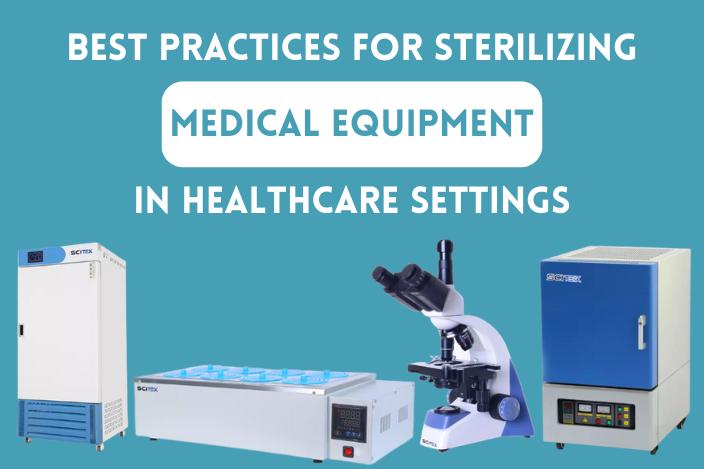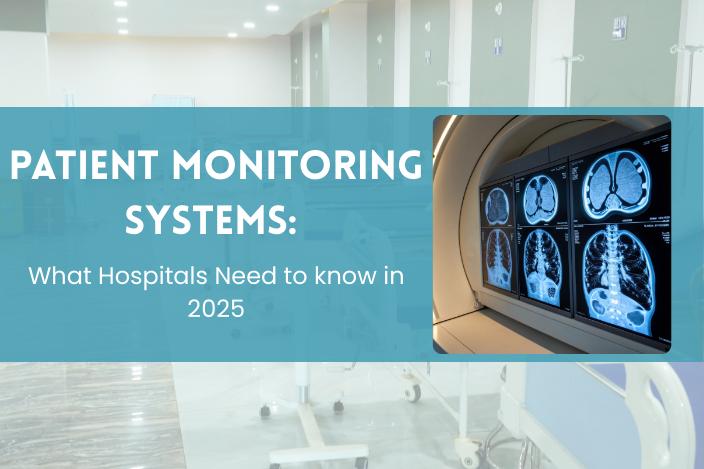
Published on 24-09-2025
Patient Monitoring Systems: What Hospitals Need to Know in 2025
Introduction
In modern healthcare, timely and accurate monitoring saves lives. From ICUs to operating rooms, patient monitoring systems track vital signs, guide clinical decisions, and reduce risks. As hospitals in 2025 face rising patient volumes and increasing demands for safety and efficiency, choosing the right monitoring technology has become essential.
At Capri Medicals, we help healthcare providers adopt monitoring systems that balance innovation, safety, and long-term value.
What Are Patient Monitoring Systems?
Patient monitoring systems are medical devices that continuously measure and display key physiological parameters such as heart rate, blood pressure, oxygen saturation (SpO₂), respiration rate, and temperature. Advanced systems also integrate with anesthesia, defibrillation, and ventilator functions, providing a complete clinical picture.
These systems can range from bedside monitors in ICUs, to portable and wireless devices used in recovery wards, to integrated monitoring inside advanced surgical equipment like the Anesthesia Machine with Ventilator.
Why Patient Monitoring Systems Matter in 2025
Real Time Decision Support
Early detection of abnormal trends enables clinicians to act before critical deterioration occurs, especially in ICUs and emergency settings.
Integration with Smart Devices
Modern monitors connect with ventilators, infusion pumps, and defibrillators like the Biphasic Defibrillator Monitor and Cardioverter, creating a synchronized workflow.
Improved ICU Efficiency
Advanced monitoring reduces manual checks, enabling staff to focus on interventions. When combined with smart hospital beds like the Five-Function ICU/CCU Electric Bed, patient positioning and monitoring become more seamless.
Data Driven Care
Monitoring systems now store and analyze data trends, helping hospitals personalize treatments and maintain better electronic health records (EHR).
Key Features Hospitals Should Consider
Multi Parameter Monitoring
Ensure systems measure core vitals (ECG, NIBP, SpO₂, temperature) and allow expansion modules for CO₂, invasive BP, or anaesthetic gas monitoring.
Connectivity and Integration
Look for compatibility with hospital networks, wireless monitoring, and integration with ICU equipment.
Portability and Flexibility
Transport monitors or modular systems make patient transfers safer and reduce monitoring gaps.
Alarm Systems and Safety
Advanced alarm management reduces false alarms while ensuring real emergencies are flagged.
Durability and Usability
User-friendly touchscreen interfaces, long-lasting sensors, and durable construction make a system more reliable in high-demand environments.
Common Questions and Misconceptions
Q: Are advanced monitoring systems only for ICUs?
A: No. While ICUs benefit most, operating rooms, emergency wards, and even outpatient departments require monitoring adapted to their needs.
Q: Do all monitors need network integration?
A: Not necessarily. Smaller facilities may use standalone monitors, but larger hospitals benefit from integration for seamless patient data flow.
Q: Is it worth investing in premium features?
A: Yes, when those features like wireless monitoring, predictive analytics, or integrated alarms directly improve patient outcomes and workflow efficiency.
Q: Can monitors replace clinical judgment?
A: Never. Monitoring systems are support tools, not decision-makers. They enhance but do not replace medical expertise.
For tailored guidance on choosing the right system for your facility, contact us.
Conclusion
Patient monitoring systems in 2025 are no longer optional they are the backbone of safe, efficient, and modern healthcare. By offering real-time insights, connectivity, and integration with life-support equipment, they ensure clinicians can respond faster and with greater accuracy.
At Capri Medicals, we provide advanced monitoring solutions and complementary equipment from anesthesia machines to defibrillators and ICU beds. Our goal is to empower hospitals with technology that saves lives.
For expert consultation and installation support, visit Capri Medicals or contact us today.

.png)
.png)
.png)
.png)
.png)
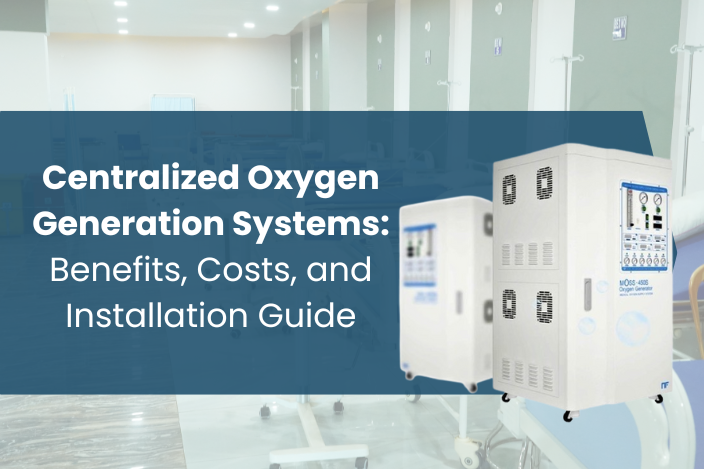
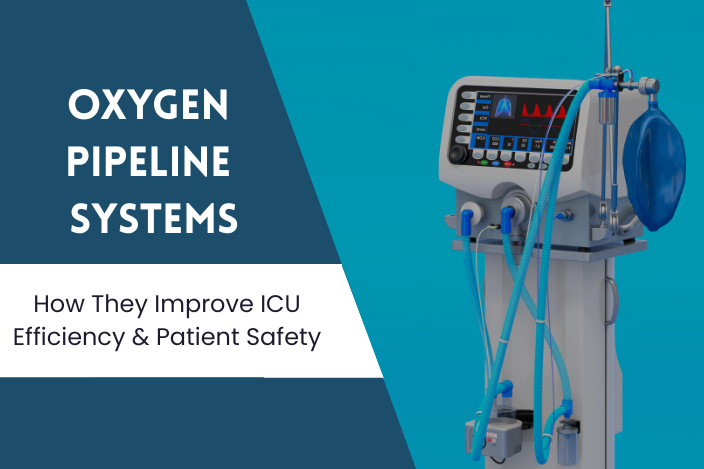
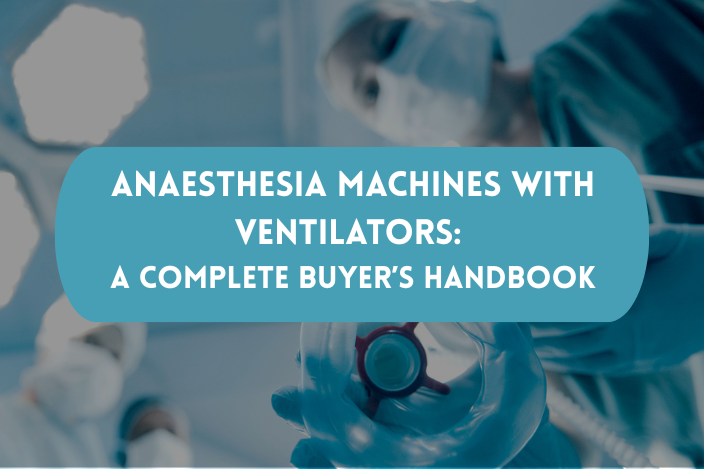
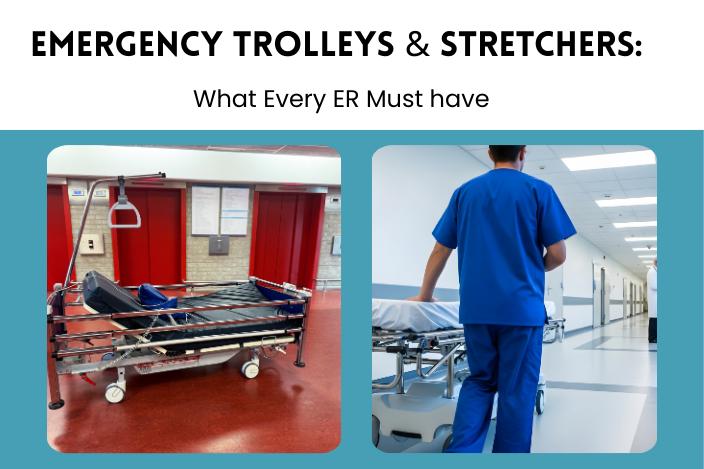
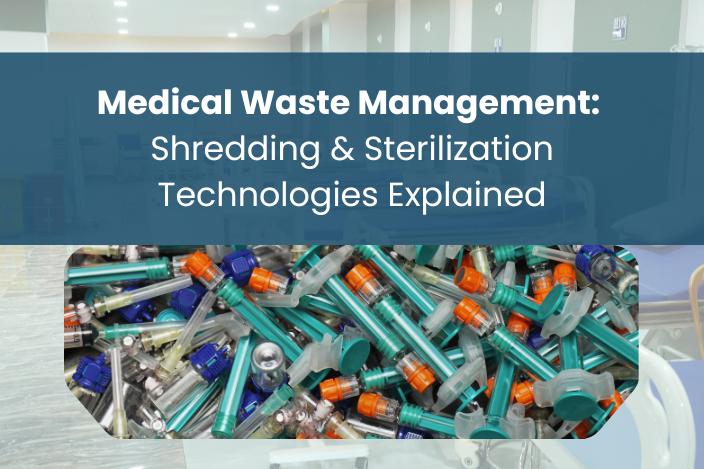
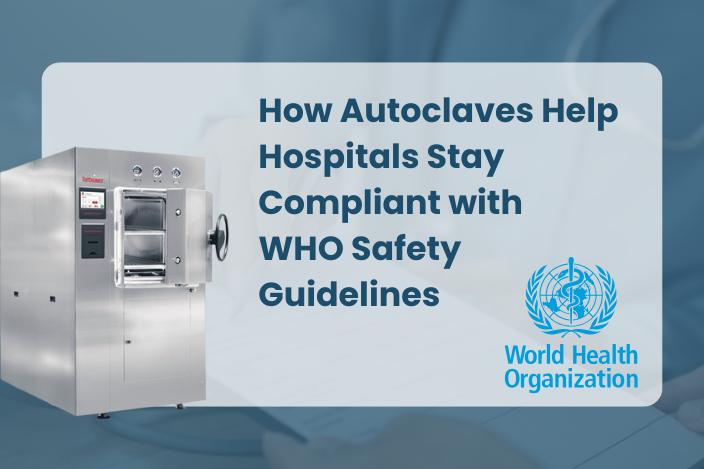
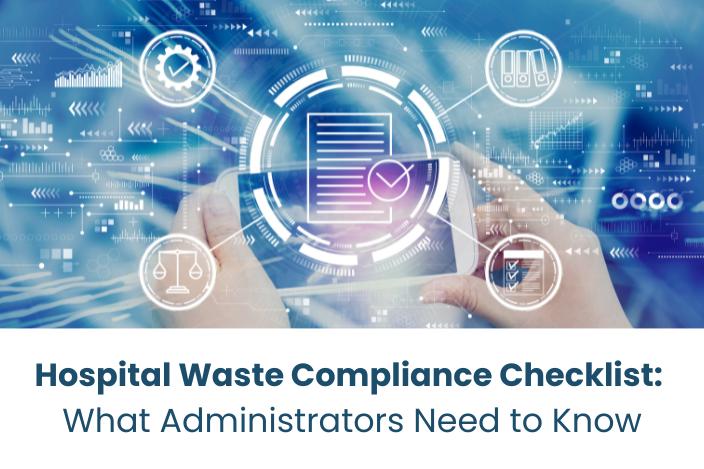
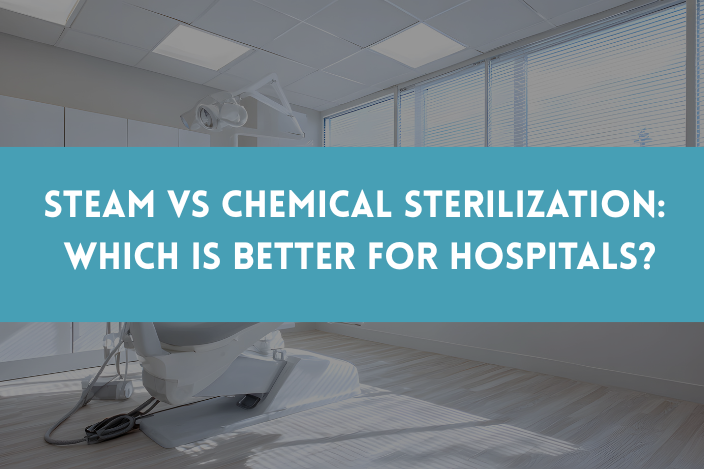



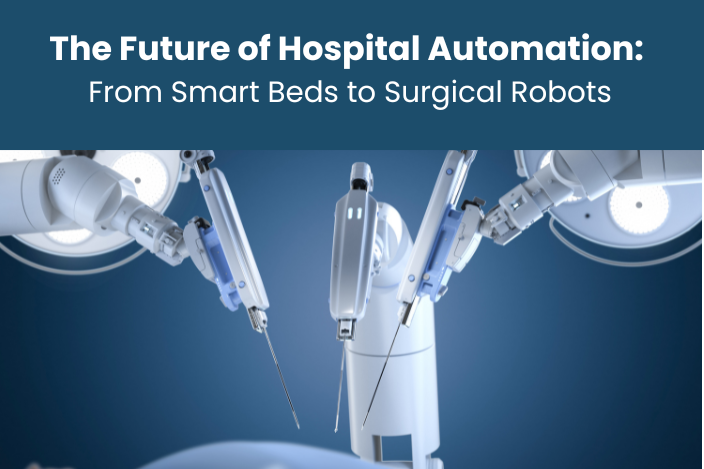
.png)
